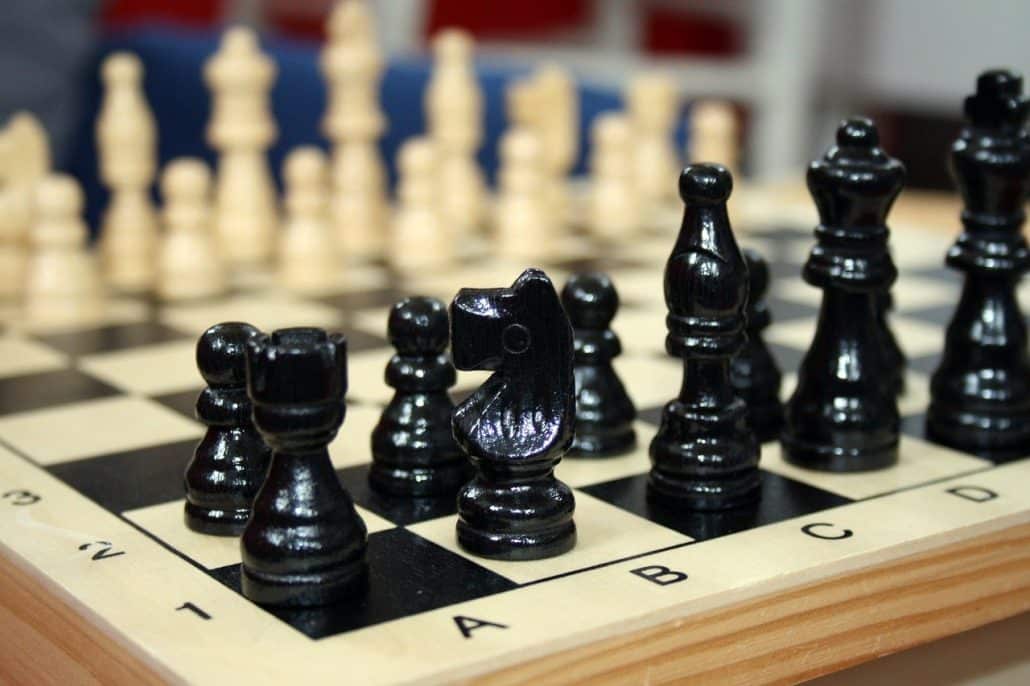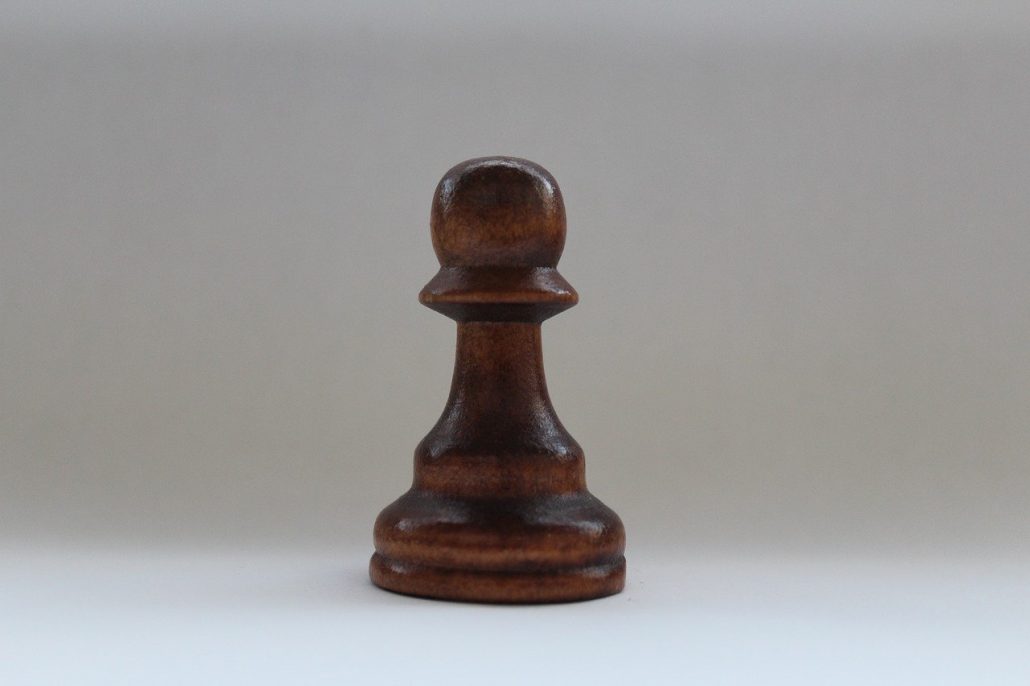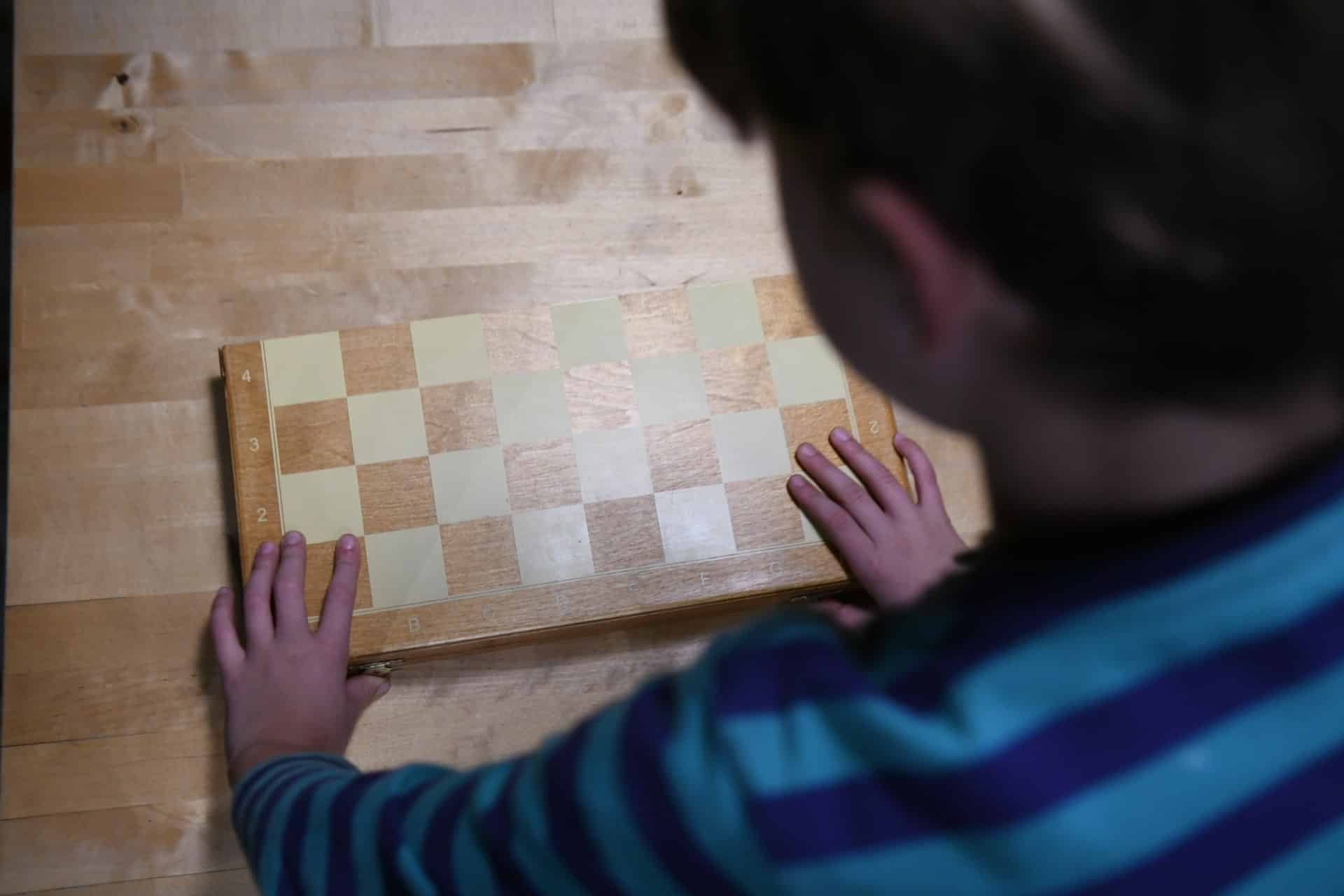Table of Contents
The chess en passant move!
We have already talked about the unusual capture in chess in other blog posts, but the interesting chess en passant capture needs to be well-explained.
It is not easy to understand because the topic is very rich and has a great history behind it. The chess en passant has become so important in the development of chess.
Chess has suffered a lot of changes in the entire history that makes it difficult to really know how chess was before. The en passant chess move is something that was not very well-received by the masters of the time.
It was difficult to implement at first, but with time things were getting easier and many people thought it was a good idea. The time has passed and now it has become an essential part of chess.
From the positional point of view is very important at least, you can get into chess without knowing this rule first.
Also, I realized there are many aspects that I didn’t clarify so well about the move so here is another blog post about it. We are going to go deep into the chess en passant move, once again.
In what consists of the chess en passant capture?

It has its use that we explain the move once again for those who don’t know it. I also recommend you go to my previous post the “en passant” chess move to view more important ideas there are.
When you have a pawn on the fifth rank, the conditions are given for you to execute the chess en passant capture. The only way you can take a pawn en passant is to have a pawn on the fifth rank of the board.
This is why the move is not so usual.
When an opponent’s pawn advances two squares placing itself beside our pawn in the fifth rank, we can take that pawn “en passant”.
When we capture a pawn, our pawn ends up in the same square the pawn we took was. But when we take en passant our pawn ends up one square further on the board.
Let’s follow this example:
Black just played g5, threatening g4, but white can stop that threat by using the chess en passant capture.
Hxg6 is how this move is read in the chess notation, this is how the en passant chess move works.
It is important to mention that any pawn, in any file can be taken en passant with no exceptions.
Typical mistakes and errors related to the chess en passant

We are going to review the most common mistakes from the lesser ones to the big mistakes people make. We have seen in many of our beginner rebels that they forget this move exists.
It is incredible how they forget about the move even when the opportunity to capture becomes present. This is something that has taken away many victories from them.
Even in tournaments, we have seen people who don’t that move was possible, of course, this is normal in the youngest players. But we have seen experienced players with no knowledge about it.
At the amateur level, once, I met a guy who was frenetic about the chess en passant. What I mean by this is that he would take any pawn en passant automatically.
It was like he needed to take en passant any time, and caused a lot of struggle in the later games and even loses. This was an unconscious mistake he was making but he corrected it in a short period of time after we told him.
Of course, that the chess en passant move is a weird move that we don’t see so often doesn’t mean is always going to be correct.
History of the chess en passant capture

The chess en passant capture was one of the last rules that were introduced to chess in the seventh century. Just as the rule of the pawn advancing two squares from the starting position.
Not always the pawn was able to advance two squares in one turn, it was introduced sometime after. Almost immediately after including that rule into chess was accepted the rule of the chess en passant.
The reason is simple, the en passant capture in chess was one of those “adjustments” that were done to chess. The chess game started without many rules and different conditions, just the movement of the pieces
Originally, things like castling and en passant captures were not part of the game. Chess was a very difficult game; these rules were included as a way to “soften” the chess game.
The chess en passant is very important, the game would not be the same, and it was a lot more difficult to attack.
How would chess be without chess en passant captures?

Capturing a pawn en passant is normally a move that completely changes the nature of the position. It is an important move that you always have to pay attention to.
The chess en passant capture changes one of the most important things to consider in the chess plans: The pawn structure. The pawn structure normally can “tell” you what is the best plan to follow in a position.
One of the most common cases we can see is in the French defense, with the pawn on e5.
The f7-f6 pawn break is a key factor for black in this opening, and that can define who will get the initiative. But sometimes, black needs to defend to execute plans in the other flank, so it would be good to close the kingside to play on the queenside.
If black gets …f5 successfully he will surely get the advantage, the problem is that chess en passant captures exist. This is what destroys black’s plan.
This is a good example of how chess would change without the en passant move.
You may also like:
5 Perks of the Chess Reddit Forums
How to choose the next chess move
How to get better at chess: 5 Keys to Play like a Grandmaster






